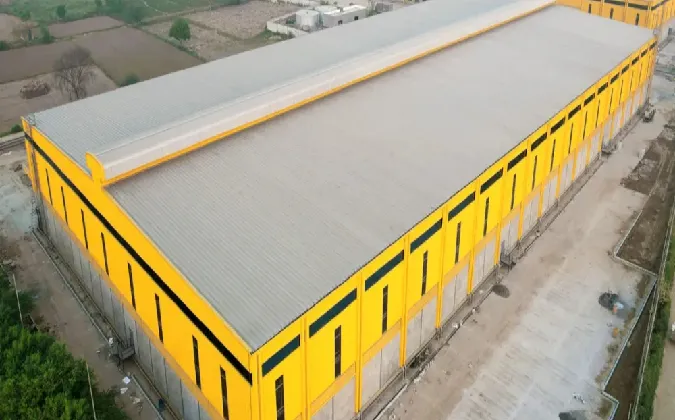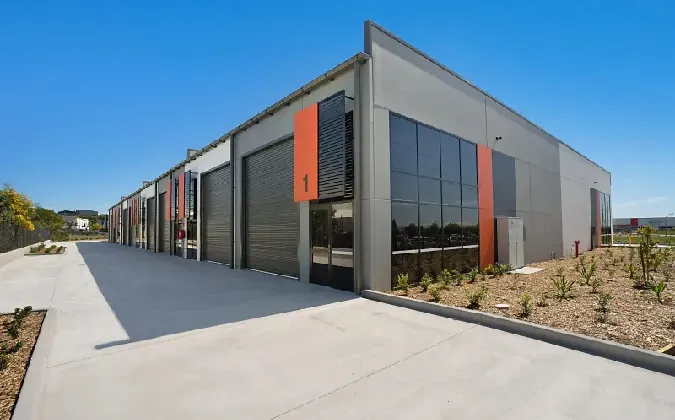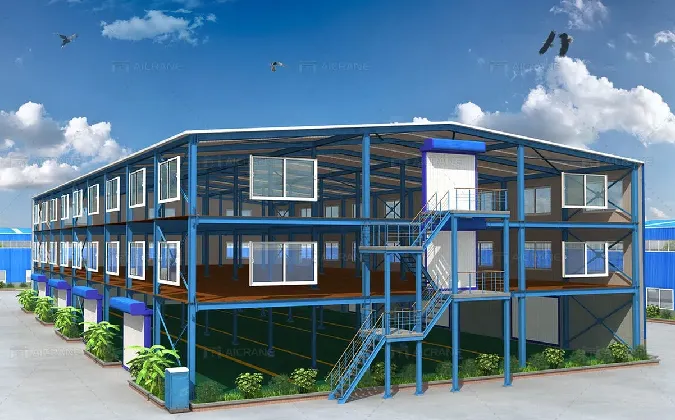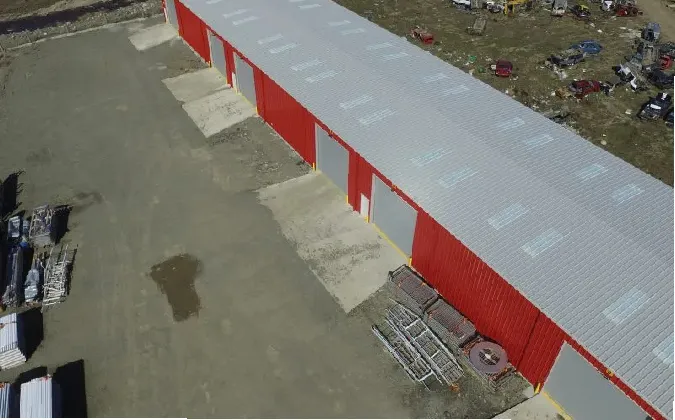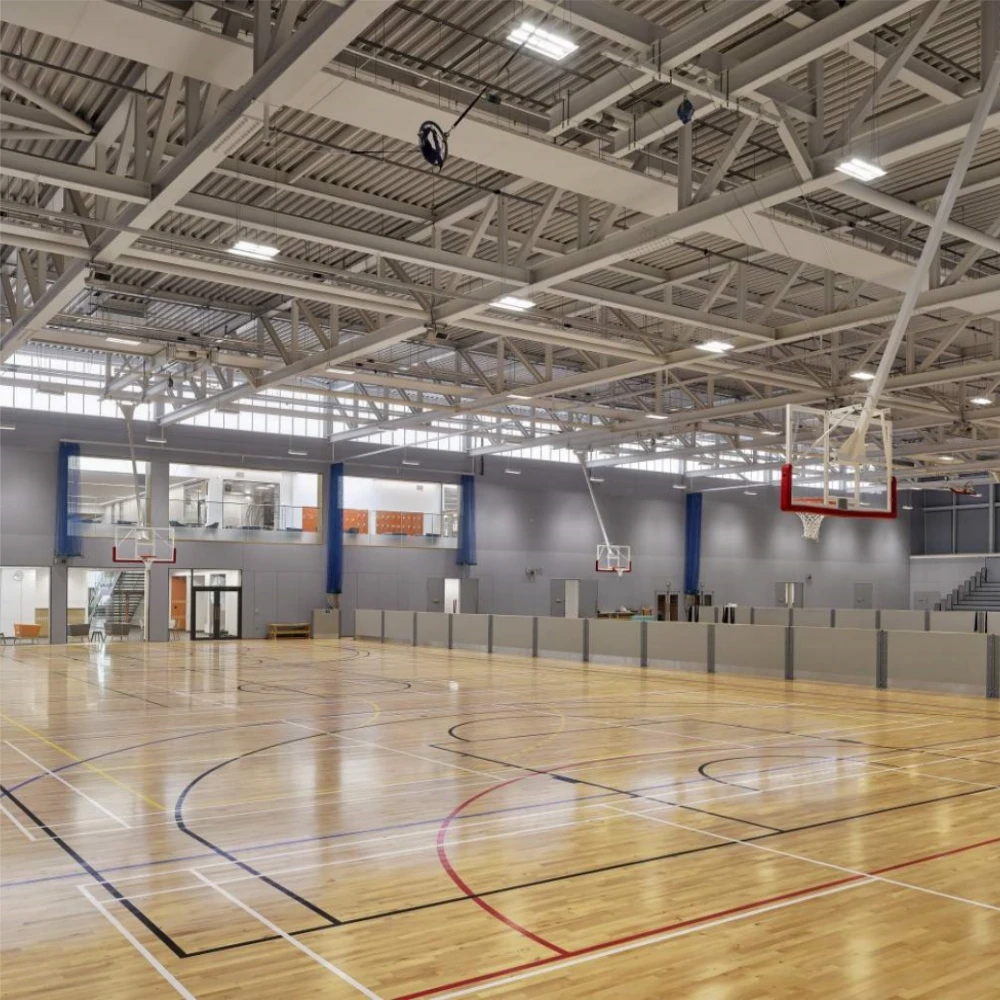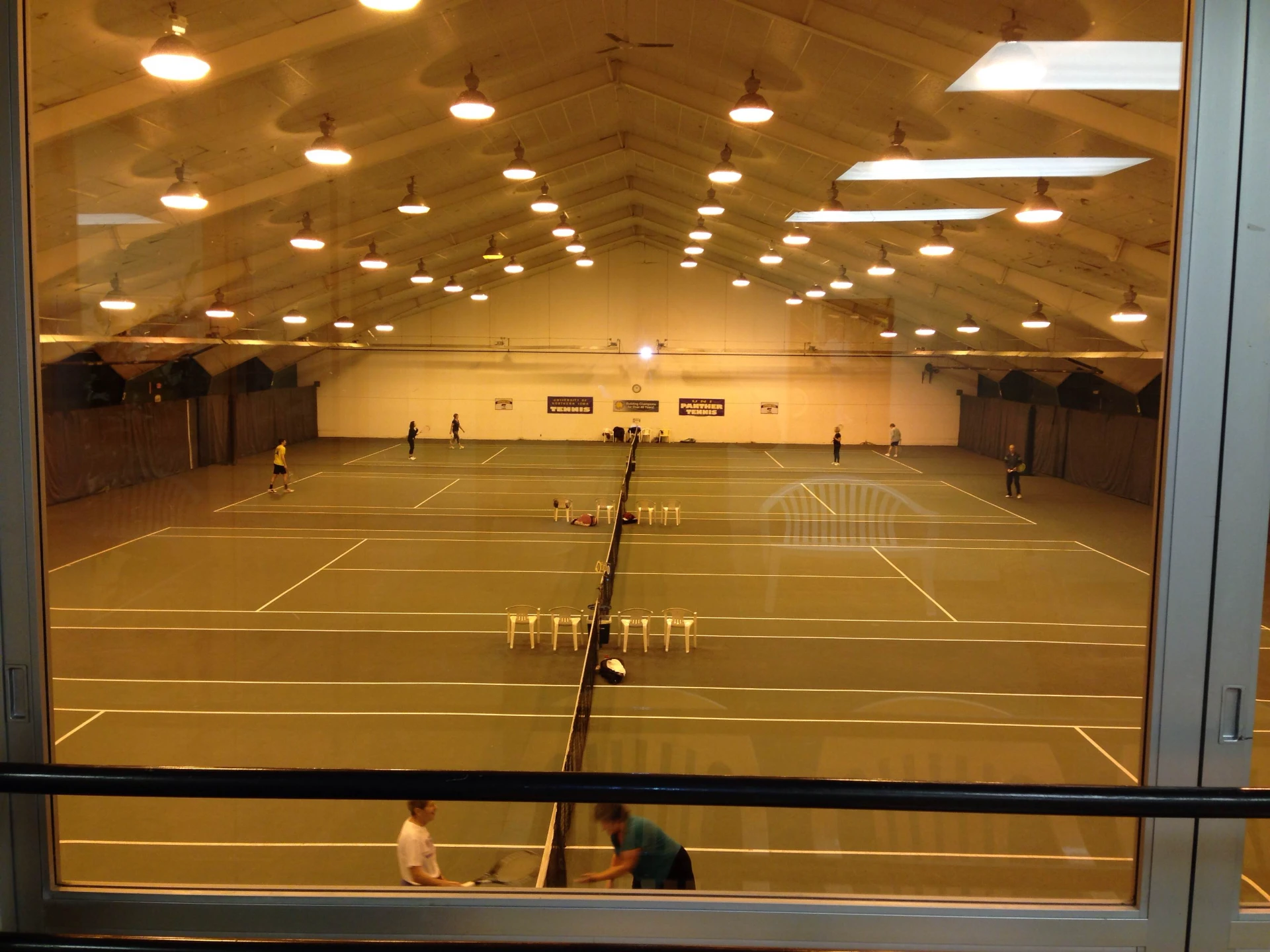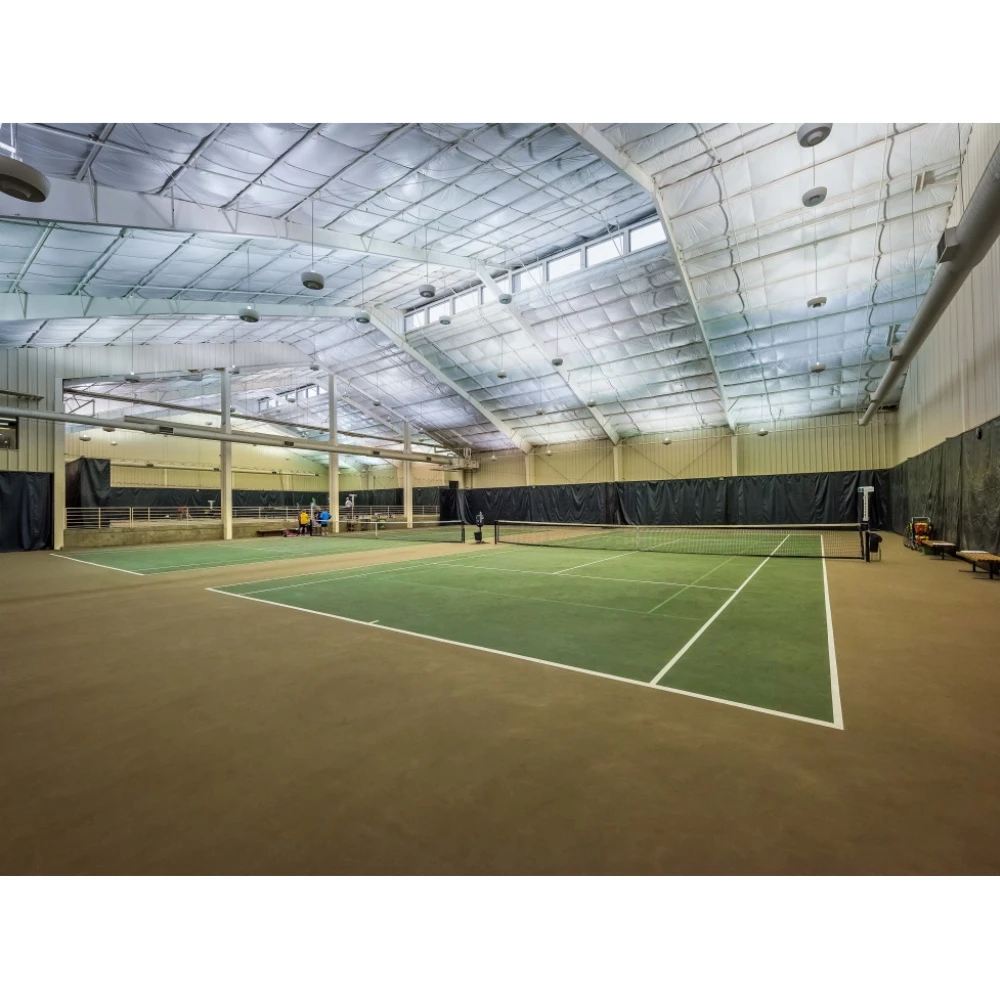- Afrikaans
- Albanian
- Amharic
- Arabic
- Armenian
- Azerbaijani
- Basque
- Belarusian
- Bengali
- Bosnian
- Bulgarian
- Catalan
- Cebuano
- Corsican
- Croatian
- Czech
- Danish
- Dutch
- English
- Esperanto
- Estonian
- Finnish
- French
- Frisian
- Galician
- Georgian
- German
- Greek
- Gujarati
- Haitian Creole
- hausa
- hawaiian
- Hebrew
- Hindi
- Miao
- Hungarian
- Icelandic
- igbo
- Indonesian
- irish
- Italian
- Japanese
- Javanese
- Kannada
- kazakh
- Khmer
- Rwandese
- Korean
- Kurdish
- Kyrgyz
- Lao
- Latin
- Latvian
- Lithuanian
- Luxembourgish
- Macedonian
- Malgashi
- Malay
- Malayalam
- Maltese
- Maori
- Marathi
- Mongolian
- Myanmar
- Nepali
- Norwegian
- Norwegian
- Occitan
- Pashto
- Persian
- Polish
- Portuguese
- Punjabi
- Romanian
- Russian
- Samoan
- Scottish Gaelic
- Serbian
- Sesotho
- Shona
- Sindhi
- Sinhala
- Slovak
- Slovenian
- Somali
- Spanish
- Sundanese
- Swahili
- Swedish
- Tagalog
- Tajik
- Tamil
- Tatar
- Telugu
- Thai
- Turkish
- Turkmen
- Ukrainian
- Urdu
- Uighur
- Uzbek
- Vietnamese
- Welsh
- Bantu
- Yiddish
- Yoruba
- Zulu
Sep . 25, 2024 15:25 Back to list
Understanding Steel Building Prices Key Factors and Insights
Steel buildings have gained immense popularity due to their durability, cost-effectiveness, and versatility. Whether for commercial, industrial, or personal use, understanding the factors that influence steel building prices is crucial for making informed decisions. This article elaborates on the various elements impacting the cost of steel buildings, helping potential buyers navigate the pricing landscape.
1. Material Costs
The cost of steel itself is a primary factor that impacts the overall pricing of steel buildings. Steel prices fluctuate based on global supply and demand dynamics, including changes in raw material costs, production rates, and economic conditions. For instance, an increase in the price of iron ore or scrap metal can lead to heightened steel prices. Therefore, understanding current market trends is essential for prospective buyers as it can significantly affect project budgets.
2. Building Specifications
The design and specifications of a steel building will greatly influence its price. Factors to consider include the size, height, and complexity of the structure. Custom-built designs or buildings with specific features such as larger spans, multiple floors, or unique architectural elements will typically be more expensive than standard designs. Buyers should collaboratively work with architects and builders to create a balanced approach to design that meets their functional needs without excessive expenditure.
3. Location
steel building prices
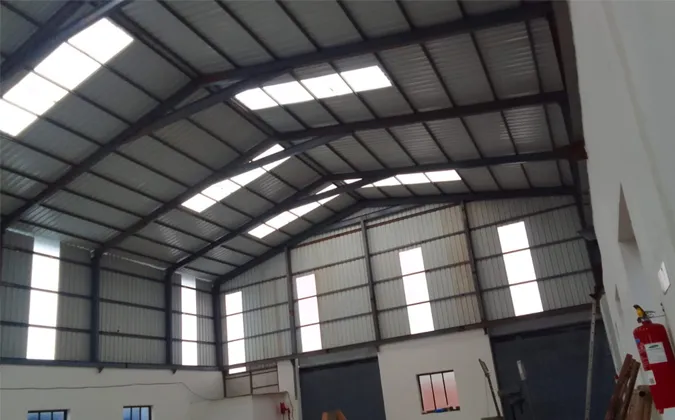
Geographical location plays a critical role in determining steel building prices. Construction costs can vary significantly based on local labor rates, permitting processes, and logistical considerations. Areas with a high cost of living may have higher labor rates, leading to increased overall costs. Additionally, if the construction site is in a remote location, transportation costs for steel materials and construction equipment can add to the total price.
4. Labor Costs
The cost of labor is another significant component of steel building pricing. Skilled labor is required for the fabrication and assembly of steel structures, and these costs can vary based on regional labor availability and skills. In areas where there is a shortage of skilled workers, contractors may charge a premium for their services, thereby inflating the total project cost.
5. Additional Features
Adding features such as insulation, HVAC systems, electrical works, and interior finishes can also increase steel building prices. These additional elements may be necessary based on the building's intended use, local building codes, and climate conditions. While it is tempting to focus solely on the initial price of the steel structure, considering these auxiliary features is vital for a comprehensive budget.
Conclusion
In summary, the price of steel buildings is influenced by a multitude of factors, including material costs, building specifications, location, labor costs, and additional features. To achieve the best outcome, prospective buyers should conduct thorough research, seek advice from industry experts, and consider the long-term benefits of investing in a steel building. Understanding the nuances of steel building prices can lead to informed decisions, ultimately resulting in a structure that meets both quality and budgetary expectations. As the demand for steel buildings continues to grow, staying informed about pricing trends will be beneficial for anyone looking to undertake a construction project.
-
How Do Prefabricated Steel Structures Transform Modern Construction?
NewsJul.14,2025
-
How Do Prefabricated Metal Buildings Redefine Modern Construction?
NewsJul.14,2025
-
How Do Prefab Insulated Metal Buildings and Steel Structures Revolutionize Modern Construction?
NewsJul.14,2025
-
How Do Pre - Engineered Steel Structures Redefine Modern Construction?
NewsJul.14,2025
-
Advancing Modular Construction with Prefabricated Metal Structures
NewsJul.14,2025
-
Advancing Industrial Infrastructure with Prefabricated Steel Solutions
NewsJul.14,2025
Products categories
Our Latest News
We have a professional design team and an excellent production and construction team.






